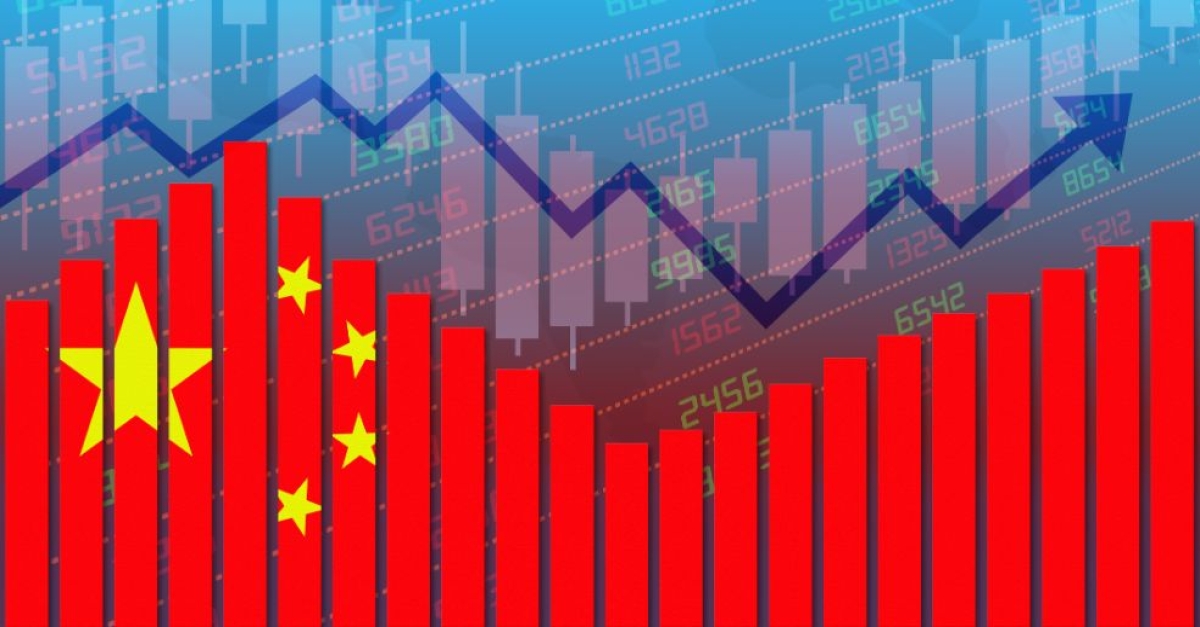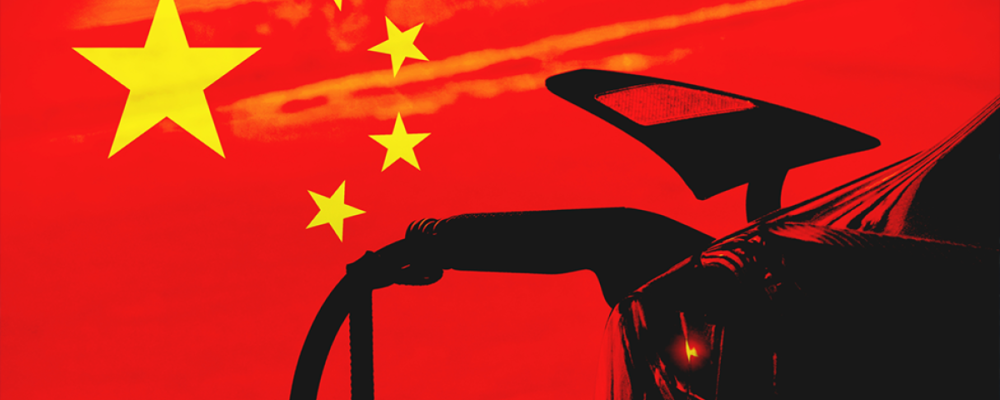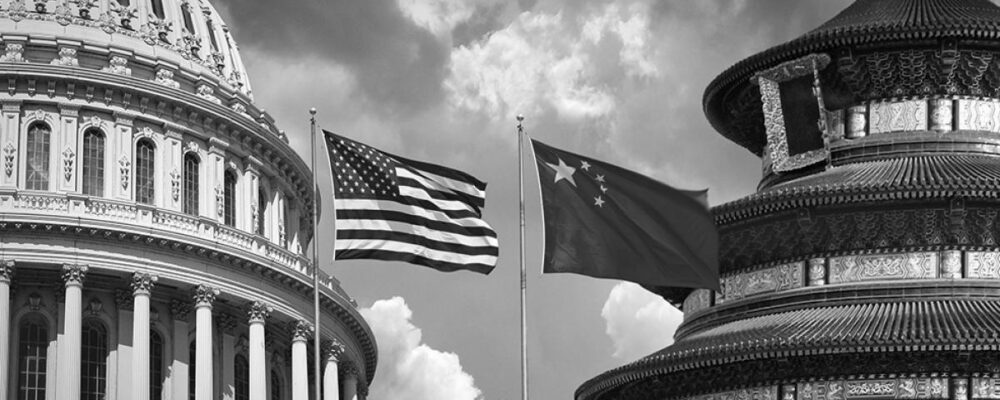Economic activity indicators in May suggest that China is having a tough time shaking off the multitude of crises it’s facing – consumer spending, real estate, a shrinking population – and now growing concerns over the prospect of a debt crisis for local governments.
The story according to May figures
First and foremost, growth is becoming balanced again, but that’s not necessarily good news. Up until now, weak consumer spending has been partly offset by very strong exports. Despite the fact that exports remained resilient for longer than expected, particularly as a result of demand from the rest of Asia (which made up for slowed demand from Europe and the US), a cyclical downturn is now underway.
This downturn can also be seen in industrial output figures. PMIs published early in the month already indicated a slowdown in industrial activity but offered a bit more optimism for activity linked to exports. The two are not mutually exclusive – exports are slowing down but are still higher than pre-Covid levels. That said, the net contribution of foreign trade to growth is unlikely to return to 2021 and 2022 levels.
Domestically, neither household nor corporate demand can be relied on to bolster production. Household savings are back on the rise. Retail sales showed increased momentum in the first quarter, but households amassed nearly 10 trillion yuan (roughly 1.3 trillion euros) in their bank accounts. Their priorities are getting out of debt (the total amount of home loans dropped for the first time in 20 years), growing their savings and then spending, in that order.
Although the authorities deemed 2023 a year for boosting consumer spending, the household confidence crisis runs deep. It’s being fed by a turbulent real estate market that has yet to stabilise, and fears that unemployment – which is already rampant amongst the young – will spread to the rest of the economy.
In this difficult context, authorities are trying to support the economy without kicking the legs out from under it or destabilising it in the process.
Walking the line between action and caution
The People’s Bank of China surprised markets by cutting its seven-day reverse repo rate by 10 basis points (from 2% to 1.9%) early in the week, followed by the medium-term lending facility (MLF) rate (from 2.75% to 2.65%). The markets expected new monetary easing measures but didn’t expect them so soon. A cut in the required reserve ratio may be next on the list of measures. The announcement also impacted the yuan, which lost ground against the greenback and moved back towards its all-time low in November of 7.3 yuan per dollar.
But this time, the yuan is the only currency that fell against the dollar. Back at the end of 2022, the phenomenon was widespread amongst the currencies of emerging and advanced economies, a sign that markets are currently reacting to domestic as opposed to global trends.
Meanwhile, this more accommodative monetary policy is justifiable from a macroeconomic standpoint. China currently has no inflationary pressure. On the contrary, the economy has been flirting with deflation for the past three months, posting price increases of less than 1% year-on-year (0.2% in May). Production prices have been dropping since the start of the year. China is also looking to support its loan production, which is on the same path overall as the rest of the economy – growth at a steady pace in the first quarter that has been quickly losing steam for the past two months.
As for the budget, here’s where it gets a bit trickier. There have been discussions on the over-indebtedness of certain provinces or municipalities over the past few weeks that point the finger at the financing mechanism for local governments in China. Local Government Financing Vehicles (LGFVs) are not transparent and have primarily been used to inject liquidity into the real-estate sector which has now come to a screeching halt. Faced with a growth model that has nearly run its course, the authorities don’t want to repeat the same mistakes that were made in the real estate market, i.e. imposing solvency and liquidity thresholds which triggered a liquidity crisis in the sector.
The task at hand is to get local governments out of debt, but gradually, and above all to divest from sectors requiring heavy capital investment, in which capital injections have been less effective in recent years, in order to invest more in social spending and boosting consumer spending.
The problem is that China doesn’t currently wield the right drivers for public policy in these areas. As of now, intervention is focused on purely Keynesian measures (vouchers to pay with at local stores) for short-term use instead of developing a real social safety net, which could be implemented by the central government since it still has some room for manoeuvre with regard to debt.
Chinese authorities are caught in the middle. They can’t ignore the fact that this recovery is not the one that was promised. One might say they even expected it when they said the 5% target wouldn’t be easy. This target, which was actually deemed cautious and even conservative, will in all likelihood be achieved with a solid first quarter and a high carryover effect, but will probably not be far exceeded as we might have expected it to be in March. The reopening of the economy after three years of Covid was short-lived and now weak confidence is taking hold, particularly in households that have been saving for a rainy day.
China still lacks the right tools to cope and ‘old formulas’ have lost their effectiveness. The massive investments made during the last two slowdowns in 2008 and 2015 left the economy with a sharp and major rise in debt as well as a loss of capital efficiency. The debt-to-GDP ratio is three to one, which is more than most advanced and emerging economies.
Moreover, the Chinese economy took off again so recently that the accumulation of capital isn’t enough to justify that ratio considering its mountain of debt. However, the non-convertibility of the yuan and capital controls limit the risk of a debt crisis, or at least one due to an external shock.
China is fully aware of the problem of over-indebtedness, which also partly explains the limited response of authorities regarding the budget. Since local channels are somewhat ruled out due to the persistent real-estate crisis, perhaps the solution will come from the central government, which still has some room for manoeuvre. Aware of its limited resources, China is painstakingly shedding its growth model, which is extensive (based on an accumulation of labour and capital) and intensive (based on the optimisation of existing resources). It’s a necessary move, but not always a winning strategy, as the middle-income trap is never far behind.
“Crédit Agricole Group, sometimes called La banque verte due to its historical ties to farming, is a French international banking group and the world’s largest cooperative financial institution. It is France’s second-largest bank, after BNP Paribas, as well as the third largest in Europe and tenth largest in the world.”
Please visit the firm link to site






